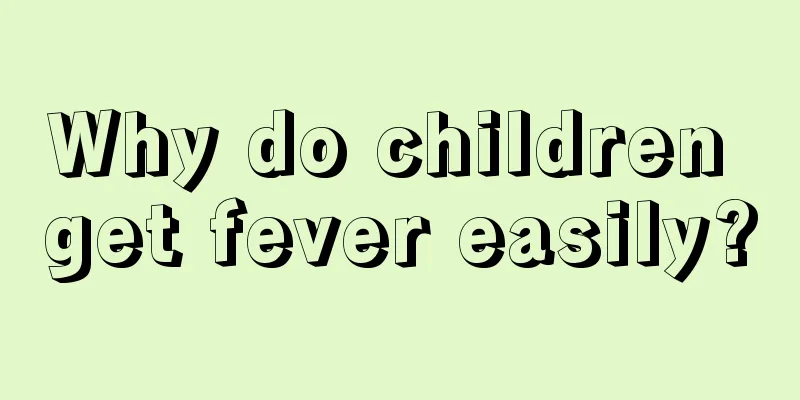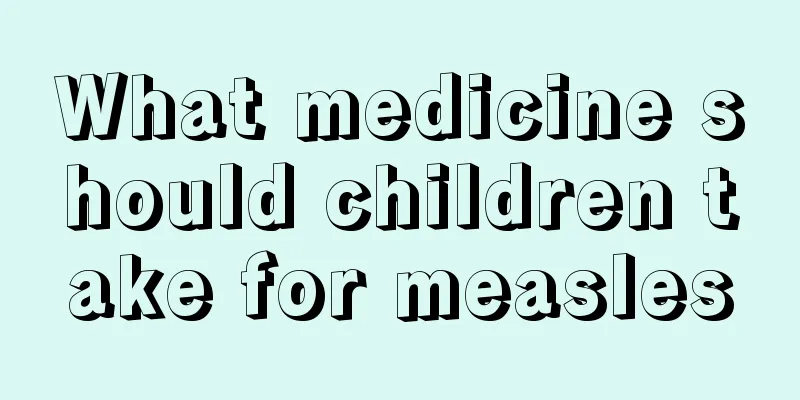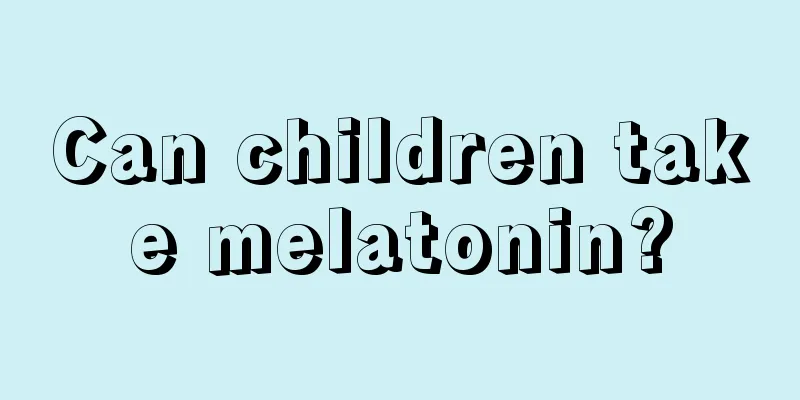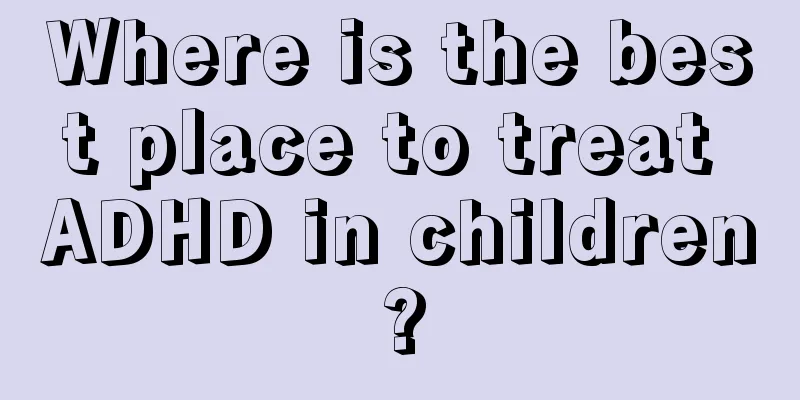Why do children get fever easily?

|
No matter how serious a mother is, she will become very anxious when her baby has a fever. Therefore, when a child has a fever, as a parent, you first need to find a way to reduce the fever. Then find the definition and cause of fever, and put an ice towel on the baby's forehead for physical cooling. This is healthier and more effective. Part 1 New definition of fever The normal temperature of the human body is 36.5℃. Children's body temperature is usually slightly higher, but if it exceeds 37.5℃, we can "suspect" that the baby has a fever. Many newborns are wrapped tightly by their mothers, including their limbs, and then brought to the hospital for treatment. What should we do if the mother says the baby has a fever? In fact, dressing babies too much is a common problem for many new mothers. Mothers are reminded that the rule for dressing babies is to wear one less piece of clothing than for adults. Fever definition Clinically, a body temperature over 37.5℃ is considered a "fever", usually referring to the "oral temperature". Because there are many places where body temperature can be measured, they are defined as follows: oral temperature above 37.5℃ (inclusive); ear temperature above 37.5℃ (inclusive); axillary temperature above 37℃ (inclusive); back temperature above 36.8℃ (inclusive); rectal temperature above 38℃ (inclusive). Causes of fever Fever is a clinical symptom caused by potential infection or inflammation in the body. The cause can be mild or severe. If there are no other symptoms, it may simply be an imbalance in the body's temperature control center. But severe cases may be life-threatening. Especially if there are symptoms other than fever, it may be the cause of the disease and should not be ignored. Part 2 10 possible reasons In order to help mothers avoid panic and correctly face and deal with the problem of baby's fever, we asked Dr. Yang Jianzhi to conduct outpatient statistics on neonatology and general pediatrics, rank the top 10 "most likely causes" of baby's fever, and mark their dangers. 1. cold Both common cold and influenza are the most common diseases in babies. Both bacterial and viral infections are possible. The symptoms vary, including fever, loss of appetite, gastrointestinal discomfort, diarrhea, and ear, nose and throat problems. The doctor will give you "symptomatic treatment" drugs, and if you want to rest more and drink plenty of water, you will usually recover in 3 to 5 days. However, if not properly cared for, complications such as otitis media, encephalitis, meningitis, etc. may occur, and there is a risk of high fever above 39°C. Danger index: ★★★★★ (5th) |
<<: Children's brain is not fully developed
>>: What to do if your child has a fever and refuses to take medicine
Recommend
How to deal with freckles on children's faces
Children generally have smooth, fair and tender f...
What to do if a 6-year-old child has a hoarse voice?
In life, many parents may find that their childre...
Baby Ginger Stickers for Soles of Feet
Babies have weak body resistance, so they are pro...
What medicine should children take when they have a cold and fever?
If a child catches a cold and has a fever, you sh...
How to treat black teeth in children?
Many young children often eat sweets without brus...
What to do if your child has a fever
It is quite common for young children to have fev...
There is a lump on my child’s neck. What should I do and how should I treat it?
Recently, some parents consulted me about the pim...
What causes children to wet the bed?
It is quite common for children to wet the bed. A...
What is the cause of low platelet count in children?
Children are prone to low platelet count, which i...
Viral rashes in children
It is quite common for children to have viral ras...
Why does a two-month-old baby suddenly cry when sleeping?
We adults cannot fully understand every behavior ...
What to do if water gets into the ears of a two-year-old child
Children's physical and intellectual developm...
What causes eye pain in children?
In recent years, children's physical health h...
What to do if the newborn's belly button bleeds
When a child is just born, the umbilical cord has...
What should I do if my child snores and holds his breath while sleeping?
Snoring is a very common phenomenon. Many people ...









